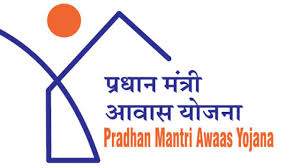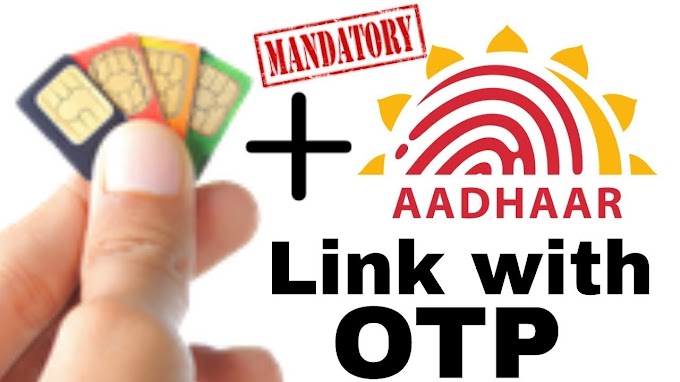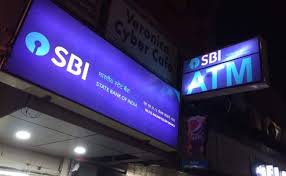Cheques are still considered as the most important instrument in the banking industry. It can be used by individual, company or government to do a financial transaction. The transactions carried out through cheques are quite safe as they
can be tracked whenever necessary.
can be tracked whenever necessary.
We all use cheques for money transaction. But apart from the amount and submitting for encashment have you ever wondered what do the numbers on cheque mean? How do banks identify the particular bank and branch that has issued it? Given below is the lowdown of numbers written on the cheque-
1. Cheque number- The first six digits represent the cheque number. It is important because if you misplace your cheque or money is not credited, you can track its status by providing the cheque number.
2. MICR- It is used for Magnetic Ink Character Recognition. It is a technology which is used in the banking sector in printing the MICR codes. It is printed using the magnetic ink so that numbers are readable even if it stamped over. Banks use cheque reading machine which helps to identify the bank and the branch code to sort the cheques faster.
3. MICR code- It is a 9-digit code that identifies a bank and a branch participating in an Electronic Clearing System (ECS). The first 3 digit of the code represents the city code (meaning city in which you have a bank account), the next three represent the bank code (bank in that particular city) and last three represents the branch code (specific branch of the specific bank). MICR code is located at the bottom of a cheque leaf which is next to the cheque number.
4. Account number- The next six digits mentioned after MICR code is the Account number.
5. Transaction ID- At the end, there are two digits. These represent transaction ID, indicating whether the cheque is a local or payable at par cheque.
6. IFSC- It stands for Indian Financial System Code. It is an 11-digit alpha-numeric code which is used to identify any bank branch participating in any Reserve Bank of India (RBI) regulated funds transfer system. It helps to transfer money using RTGS (Real Time Gross Settlement), NEFT (National Electronic Funds Transfer) or IMPS (Immediate Payment Service) method. The first four digits of the IFSC represent the bank and last six characters represent the branch. The 5th character is zero.















